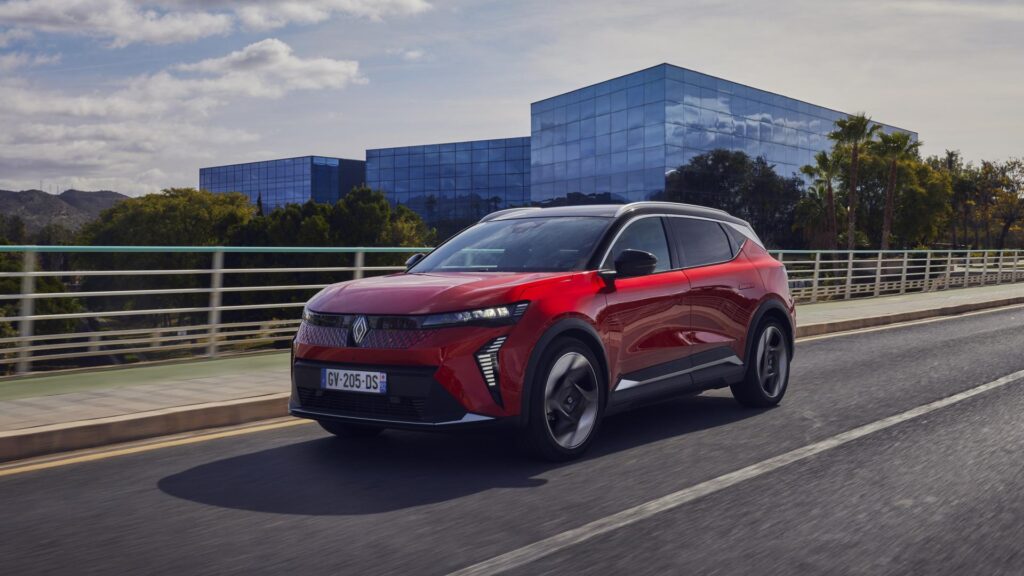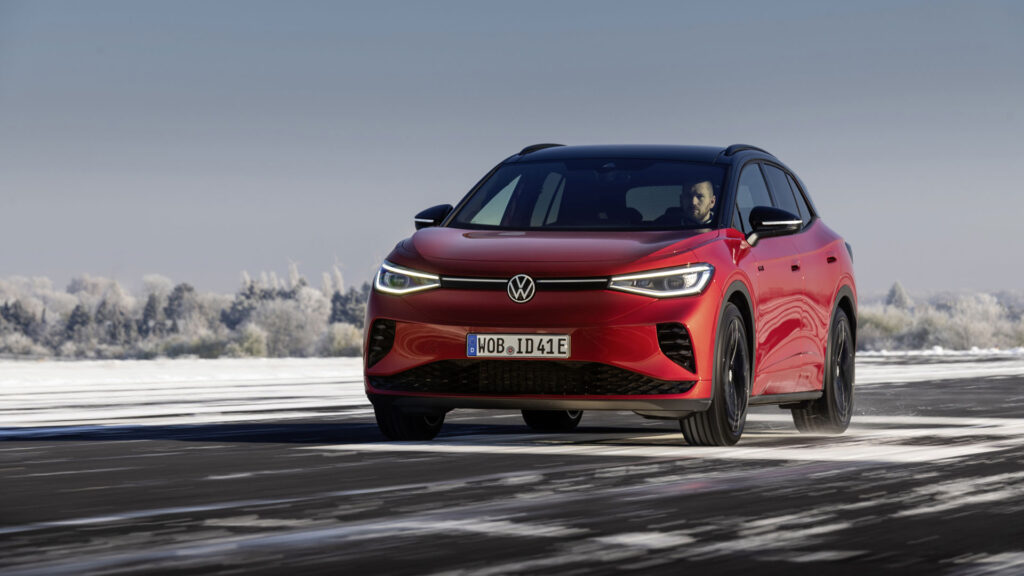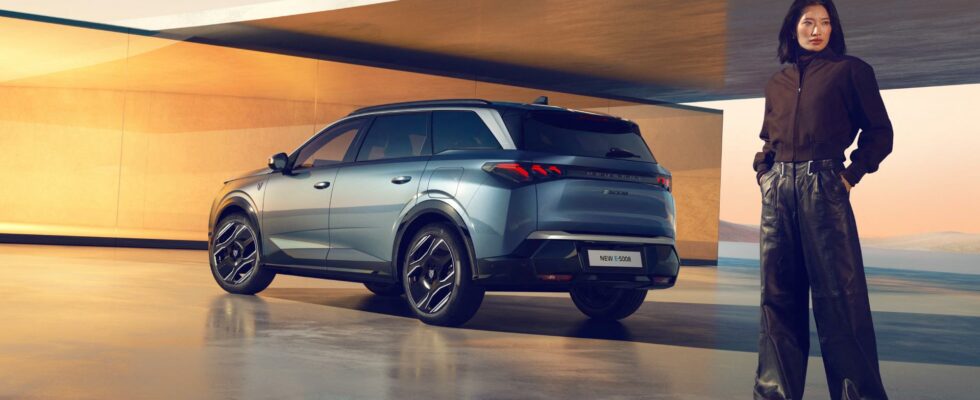The excess weight of electric cars is one of the recurring controversies. Obviously, vehicles weighing more than 2 tonnes on the roads are not ideal, but how did we get there? The editorial of the Watt Else newsletter on March 21 focused on the various paradoxes that surround all of this.
What am I hearing? Electric cars are heavier than thermal vehicles, what a scandal! Who could have anticipated that by adding 300 to 600 kg of batteries to an already lightweight structure, we would obtain even heavier cars? Despite the relentless mathematical logic, some still manage to feign disappointment. A majority of manufacturers are however making great efforts on the subject, but it will be difficult to achieve miracles without some saving technological progress.
The “premiumization” of brands and the low supply of small electric cars have also pushed customers towards larger and better equipped cars. Electric cars aren’t big, they’re just more comfortable and safer than before. In this situation, the weight gain of the vehicle fleet appears inevitable, but it is not irreversible!
The heavy paradox of electric cars
A form of paradox surrounds the question of the weight of electric vehicles. Manufacturers are accused of not controlling the weight of their new products. However, a simple subtraction is enough to judge with a fresh perspective. Let’s take the Renault Scénic e-tech as an example: its 60 kWh battery is given for 411 kg and the vehicle for 1,747 kg, or 1,336 kg excluding the battery. This result corresponds to the empty mass of a Renault Captur: a model 20 cm smaller, with a simple thermal engine. It is therefore difficult to blame Renault for any sloppiness with its electrics.

Tesla has opened the way to weight optimization, a way to double down on efficiency and manufacturing costs. Other models, generally “cheap”, follow the same philosophy. This is proof that manufacturers understand that it is in their interest to try to save weight by being ingenious.
But even though the progress made over a few years is massive, the crux of the problem still lies with current battery technology. Which leads to a headache for brands: how to satisfy customers who demand ever greater ranges, without making vehicles heavier? Long autonomy rhymes with large battery, but the more than 500 kg induced by this decision have serious consequences.
Weight gain in Norway
Norway registers more than 80% electric cars. Due to this shift towards electric, the average mass of cars there will exceed 2 tonnes in 2022, according to Automobilwoche. It must be said that northern European countries particularly like vehicles considered more high-end.


The 2 tonnes are then easily explained: increasing share of SUVs, large batteries, all-wheel drive engines, on-board technologies and comfortable vehicles from premium brands. It’s difficult to limit excess weight, especially since all the parts of the car must be adapted accordingly: brakes, shock absorbers, suspensions, chassis reinforcement, stabilizer bars, electronic crutches to work miracles on the road behavior of these pachyderms. This is also one of the reasons given by Peugeot to explain why its e-3008 is so heavy, even in its smallest version. It is equipped according to its most imposing finish, namely the e-5008 with large battery.
Until now, France has been much more reasonable than its neighbors in the choice of its electric vehicles. No vehicle present in the French Top 10 EVs of 2023 exceeds 2 tonnes. Hopefully it lasts!


On the road of tomorrow: 60 tonnes is good, but 2 tonnes is bad
Something always escapes me. How can we blame electric vehicles for being “too heavy” and having a harmful role on road infrastructure and pollution, when on the other hand Europe authorizes 60-ton mega-trucks to circulate. I must surely be a little disingenuous, but I’m still looking for logic.
Once again, this Watt Else editorial will not be unanimous. It is also the aim of the exercise to open up sometimes different thoughts. Each week, the newsletter contains a spicy editorial and a selection of news on the theme of electric mobility, do not hesitate to subscribe.
Subscribe for free to Artificielles, our newsletter on AI, designed by AIs, verified by Numerama!
